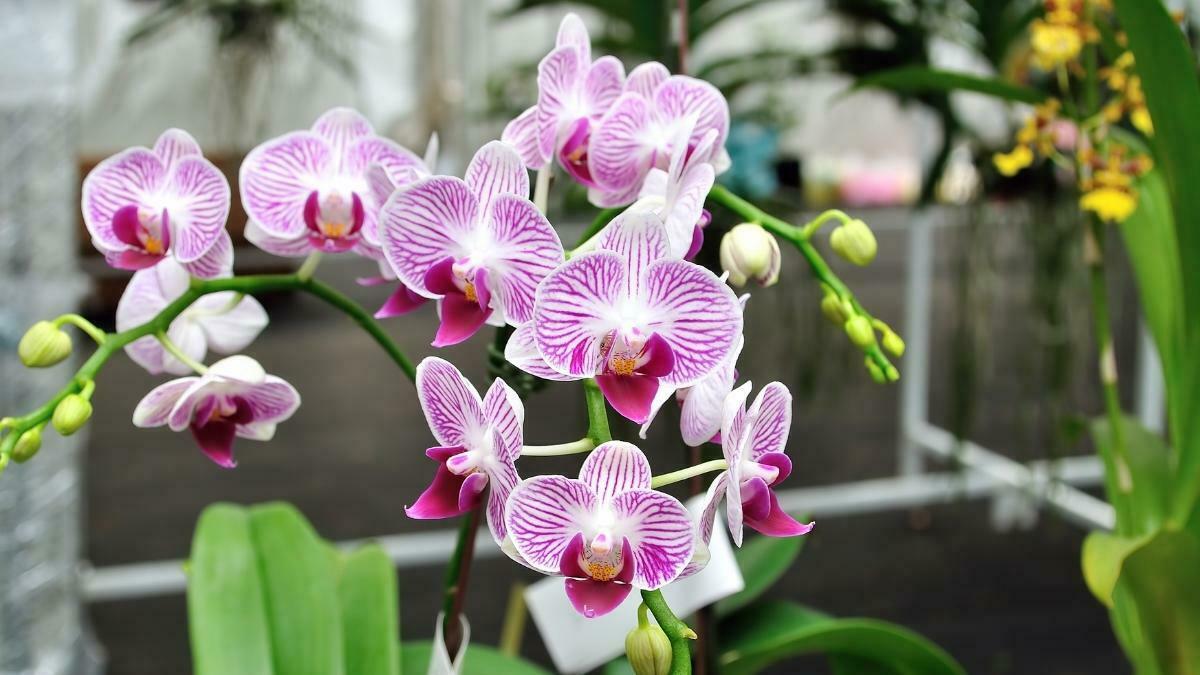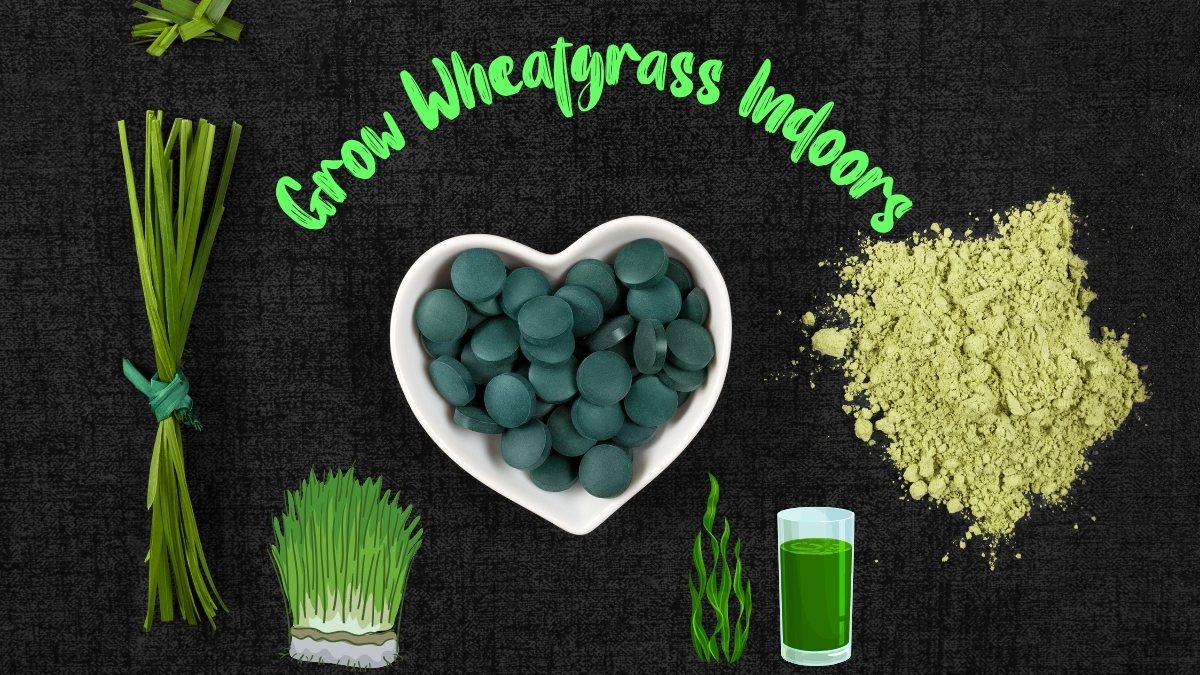It’s exciting and intriguing to grow plants indoors in winter. All you need is enough room, planters, enough light, and a consistent indoor temperature. There are a variety of plants that may be grown indoors in the winter to yield a bounty of fruits and veggies.
Grow Plants Indoors in Winter
Starting with pepper and tomato seeds, potato and yam eyes, and lemon and orange seeds is one method for developing plants inside. Before planting, allow the seeds to dry for up to two weeks. Potatoes and yams should have their eyes cut out and be planted in broad, deep pots with four to six inches of sandy soil.
Plants to Grow in Winter
Choose plants to grow in the winter that will adapt well to your interior air temperature, the growth environment, and the moisture and sunshine requirements of the plants. Another factor to consider is how much time is available to care for and maintain an indoor garden.
Lemon and orange trees, for example, require less attention and upkeep than vegetables and fruits cultivated inside.
Choose from your favorite plant species, or mix and match a few other varieties for added diversity. Choose a kind that is often used in recipes and menus if you’re growing indoor plants to produce fruits and veggies.
In big, somewhat deep pots, radishes, lettuce, parsley, carrots, and beans grow quickly. In the right growing conditions and temperature, they germinate in two to three weeks.
Don’t Forget To Grow Herbs Indoors
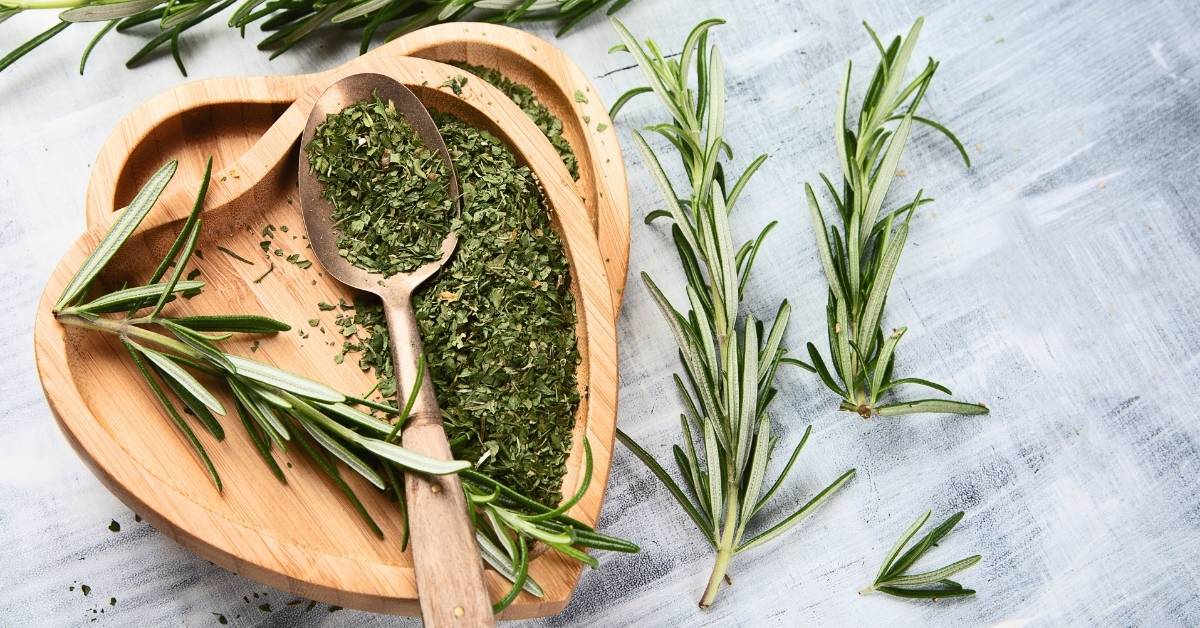
One of the easiest indoor gardens is a profusion of herbs. These can be decorative and useful. There’s nothing like fresh herbs in recipes. Some herbs take a little more patience and space than others. Plan your indoor herb garden around the herbs used most often in winter.
Recipes that contain roasted meats, fish, and poultry are enhanced with herbs that can grow indoors in winter.
Grow rosemary as an indoor herb. Rosemary grows wide and tall like an evergreen tree. Juniper berries also grow from an evergreen tree. Although, growing juniper indoors can be somewhat wieldy.
Junipers are sold in pots at local garden centers. They produce dark purple berries that are dried and used for roasts and also medicinal teas.
To create a decorative indoor herb garden, purchase rosemary and juniper in a pre-potted container. Another tree-like herb to consider is a bay leaf, which is part of the laurel species. Bay leaf grows indoors in pots. Make certain the bay leaf plant is one that’s specifically used for cooking and baking.
Set the containers of herbs in graduating sizes between two taller herb plants for eye appeal. Place frothy containers of lime-colored dill fronds next to the taller pots. Grow herbs indoors in winter to ensure an entire season of fresh herbs for cooking and baking.
Plant sage, thyme, oregano, basil, marjoram, chervil, and savory in six-inch by six-inch deep troughs. Place on a window sill or on planter stands. Chives, catnip, lavender, and anise can also be grown indoors. Allow plenty of space between plants.
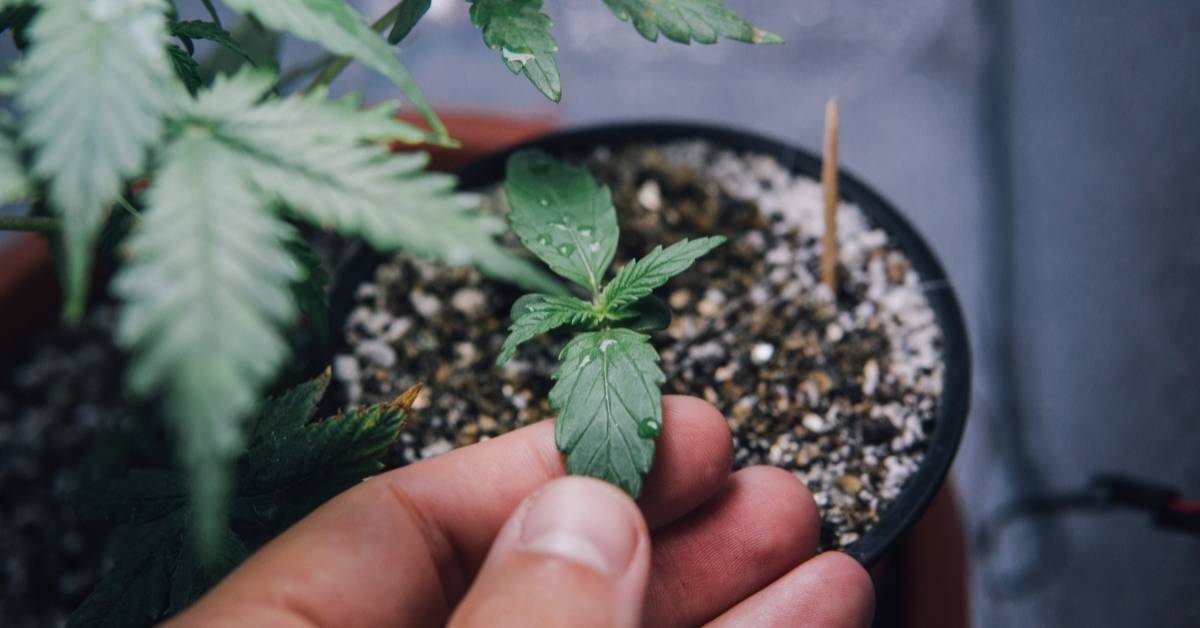
Grow Vegetables Indoors in Winter
Salad vegetables are the easiest to grow in winter.
Plant radishes, lettuce, chicory, and baby spinach indoors in rich potting soil. These will germinate quickly, and an indoor winter crop will go from the winter garden to the table as needed.
One of the easiest tomato species to grow indoors in winter is the grape tomato. The beauty of this plant is the profusion of small, grape-like tomatoes, ready to eat in less than four weeks. These beauties are full of flavor and are a must for salads and garnishes. Plant them in a blend of potting peat and light sand for best results.
Common species of tomatoes may also grow indoors with proper care. Although, these may take up to six weeks to produce seedlings.
Pepper lovers like to plant these veggies in several colors: green, yellow, orange, and red. They also choose hot and sweet as part of their indoor pepper garden. Plant them in rich potting soil.
Beans are another vegetable that adapts readily to indoor winter gardens. Beans do need support. Once their seeds germinate, they need room to produce leaves and flowers on vines and tendrils.
Place 12″ supports one inch from the base of each plant. Train the vines along with the supports so that bean shoots don’t grow into the soil and bean harvests don’t rot. Designer eggplant and zucchini can also be grown indoors in winter this way.
An Indoor Winter Vegetable Garden
To create the best indoor winter vegetable garden, start with a plan and a design that suits the garden’s location. For example, choose a window with morning sun for vegetables that only need four to six hours of sunlight.
Select a window with full sun for six to eight hours for tomatoes, peppers, eggplant, and squash. Water daily for the first few weeks using a list of mist on foliage and delicate sprouts.
Don’t over-water indoor plants in winter unless the growing environment is particularly dry. Certain types of heating systems, such as forced air, usually create a drier environment indoors. An indoor winter garden needs a certain amount of humidity so growing plants won’t dry and wither.
One tip to increasing humidity in rooms with dry air is to use an electric steamer set to a moderately warm, not hot, temperature. This will help retain moisture when growing winter vegetables.
Use a mild fertilizer like 5-10-5 or 5-10-10 after the first blooms and seedlings appear. Indoor plants do best when fertilizer is applied to wet rather than dry soil.
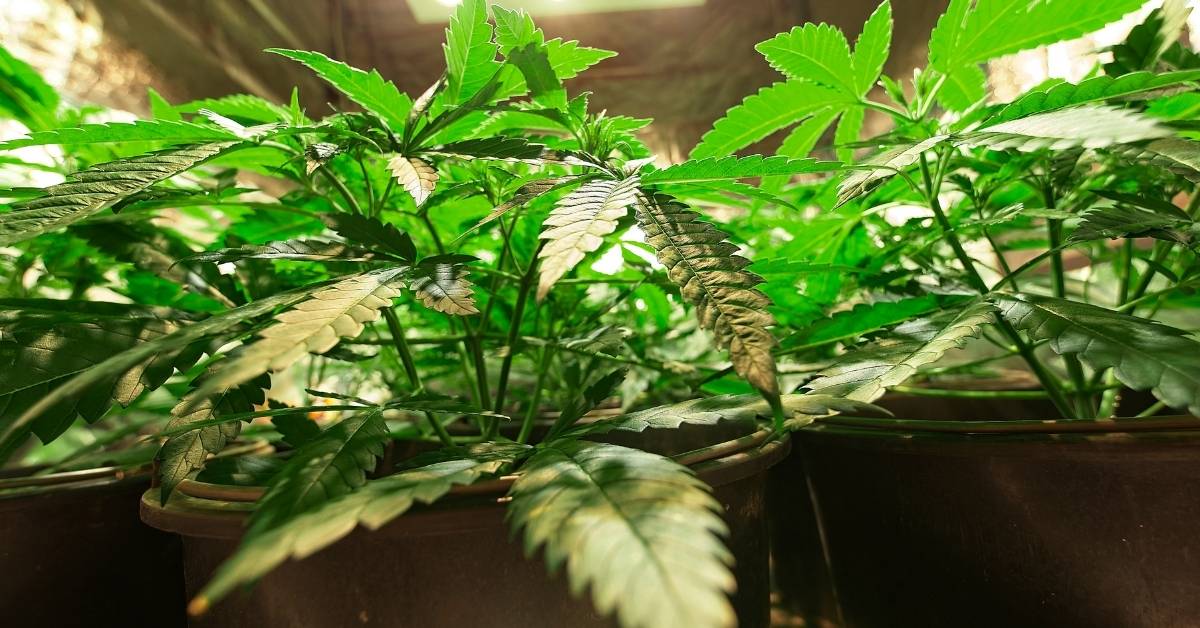
Caring for Your Growing Indoor Winter Garden
Study germination phases for each species of vegetable before planting begins. Since the indoor winter garden can also add to room decor, stagger planting times to produce a longer lush, green appearance in a room. Plant the first group of vegetables so they can be harvested just before the last group is planted.
Don’t forget to save seeds from each harvested crop. Choose seeds from the biggest and best plants. This is the basic step to cultivating hybrid plants grown indoors in winter. Experiment with cross-breeding vegetables by selecting seeds from one species and planting them with seeds from another species.
Caring for your indoor garden means diligent watering and pruning off any dead foliage that will sap the plant’s energy and its ability to grow. Tomatoes should be pruned in this manner to allow the tops of plants to receive more soil nutrients and moisture.
For vegetables like lettuce, spinach, and kale, choose planting pots with a twelve-inch diameter—plant seeds in the direct center of the pot. Separate the seedlings into another pot if they appear crowded.
Guidelines for an Indoor Winter Garden
Keep several things in mind when considering an indoor winter garden:
- Plan and design
- Space
- Sun and moisture
- Size of planting pots
- Indoor air temperature
- Fertilizer
Fun with an Indoor Winter Garden
The most fun of any indoor winter garden is harvesting the fruits of the gardener‘s labors. Dark leafy vegetables will harvest faster under the right growing conditions than tomatoes, carrots, and beans.
Herb harvests depend on the species of herb. Basil, dill, and sage are fast-growing herbs that are harvested by simply plucking the leaves and leaving the stems. In this way, bumper crops of herbs will continue to produce two or more times.
The idea behind growing plants indoors in winter is not a new one. It may have begun with decorative indoor plants that kept the indoors from appearing too bland. Imagine how much color indoor winter vegetables or herbs offer. Adding color and providing food is really what an indoor winter garden is all about.
Growing plants indoors has other benefits. It increases the level of higher quality oxygen in indoor air and the aroma of vegetables and herbs in season makes air fresheners obsolete.
For families, an indoor winter garden with various plants can be a great lesson in the art and science of growing vegetables and herbs that provide food. Make growing indoor plants an educational project by seeking sites that identify common herbs.
Learn and Enjoy Growing Plants Indoors in Winter
An indoor winter garden should be planned well in advance of the season. Purchase items like potting soil, fertilizer, containers, and spray misters at the local garden center before the start of winter. Start saving and drying vegetable or herb seeds two to three months before winter begins for an early harvest.
These can also be purchased shortly before planting. Plan harvest time in advance for each crop so it can be coordinated to produce bumper crops during the winter months.
When winter days seem long and endless, an indoor winter garden can be the perfect hobby for gardeners, young and old. Nothing brings a smile to faces like fresh produce grown indoors in a winter garden.
